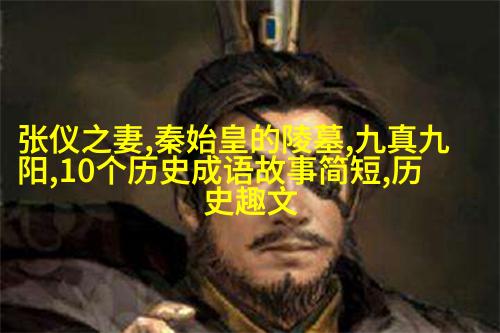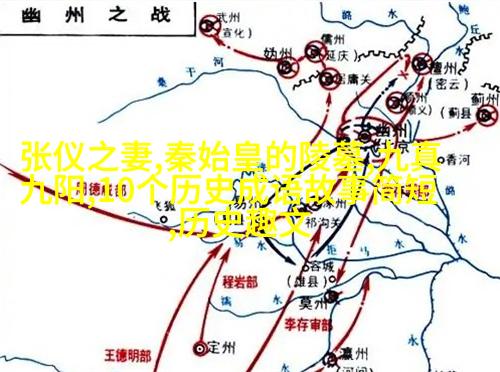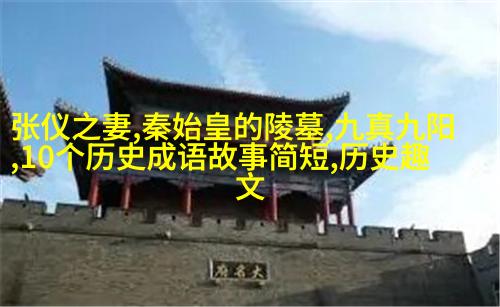Mao Zedongs Little Red Book A Symbol of Revolution
The Birth of the Little Red Book

The Quotations from Chairman Mao, commonly known as the Little Red Book, was first published in 1964 during the height of China's Cultural Revolution. This book contained a collection of quotes and writings by Mao Zedong, the former chairman of the Communist Party of China. The book became a symbol not only for Mao but also for his ideology and policies.
A Revolutionary Icon

The Little Red Book played a significant role in shaping Chinese history. It was distributed widely among party members, soldiers, workers, and peasants across China. The book served as a guide to understanding Mao's vision for a socialist society. It emphasized class struggle between capitalists and communists and called for revolution to create an equal society.
Impact on Chinese Society

The widespread distribution of the Little Red Book had profound effects on Chinese society during that period. It fostered unity among different social classes by promoting common goals such as eliminating corruption within party ranks and creating economic equality among citizens.
Influence Beyond Borders

The influence did not stop at China's borders; it spread throughout Asia with many communist parties adopting similar ideologies based on Marxism-Leninism-Maoism (MLM). The MLM philosophy gained traction in countries like Cambodia under Pol Pot’s regime where its extreme application led to disastrous consequences.
Cultural Impact

Beyond politics, the Little Red Book had cultural significance too. Its simple language made it accessible to ordinary people who could now understand complex political theories without needing formal education or professional expertise in philosophy or literature.
Decline & Legacy Today
As Deng Xiaoping introduced market-oriented reforms following Mao’s death in 1976, interest in Marxist-Leninist thought began to wane within China itself leading to decreased relevance for both 'the Great Leap Forward' and 'the Great Proletarian Cultural Revolution'. Consequently , popularity of "Quotations" declined drastically along with other symbols associated with these events
Today however , while no longer serving as an ideological tool nor influencing contemporary policy decisions , it remains important historical artifact . Scholars still study its content closely while museums display original copies alongside artifacts from that era showcasing how this seemingly simple booklet can be so pivotal yet polarizing figureheads are often remembered through their works - whether they were books written or speeches delivered - providing insights into their personalities & worldviews
Conclusion:
In conclusion , Maos little red book is more than just a collection quotes ; it represents an era when revolutionary fervor swept across china inspiring mass movements towards radical change . Though today we may view some aspects unfavorably due societal progress since then , understanding its impact allows us appreciate complexities involved shaping chinese history & culture over time



